Electronic key readers for access control units with 1-Wire data protocol.
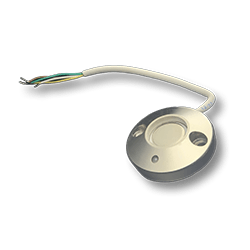
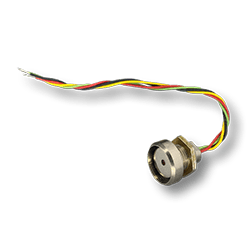
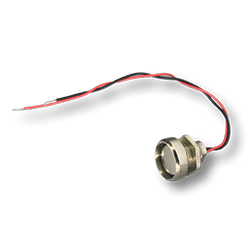
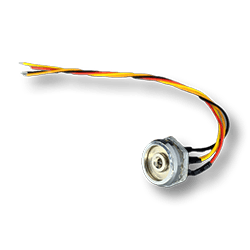
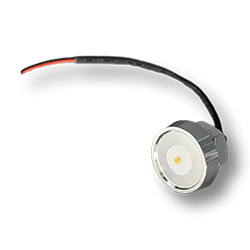
Electronic key readers for access control units with Wiegand data protocol.
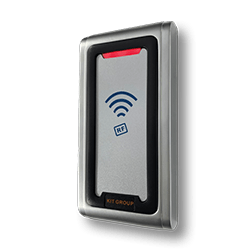

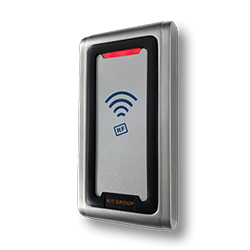
Electronic key readers with Ø 30 mm gem for elevator system pushbutton panels.

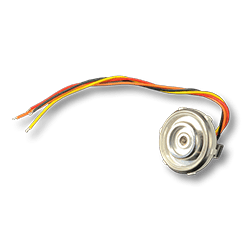
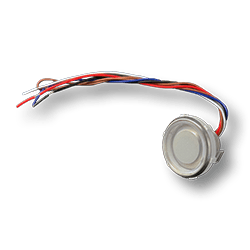
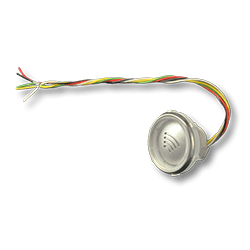
Numeric keypads with integrated RFID antenna for reading contactless electronic keys.
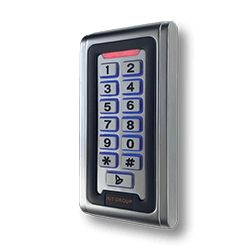
Technology now allows people to access their elevators without ever putting a key in a lock thanks to electronic key readers. Access control systems that work with proximity readers use key rings and access cards that unlock lifts with a simple touch. They are safer than the conventional lock and key and much more reliable than the need to use a digital keypad to enter a code.
Codes can be easily forgotten and keys are difficult to manage and stop working properly over time. In fact, many businesses and even homeowners with elevators are moving from traditional locking and locking systems to proximity readers and access control. Proximity credentials, such as key fobs and access cards, offer an increased level of convenience and security that is reliable, time after time.
Proximity credentials use one-factor programmed authentication. As the name suggests, when the access card or key fob is in the immediate vicinity of the access device reader, the system unlocks the door or gate to allow only those authorized to enter.
Each credential device has a personal identification number and the access system can be programmed to restrict or block entry at any time. Proximity devices will not unlock the elevator unless the user has been given proper access permissions via the programmed security application.
Contactless cards and access badges contain a magnetic stripe on the card that carries a unique code for each user. When a person approaches the card to the proximity reader or approaches the reader, the system unlocks the lift. It can work even when the card is inside a pocket, wallet or purse, without taking it out.
Similar to car keyless devices that are used regularly these days, a key fob is a remote keyless device that allows activation of an elevator or access to a reserved elevator floor. Keychains are coin-sized security tokens that are small enough to be kept on a keychain or in a pocket.
There are five main benefits to using proximity reading devices: increased security, access record, selective entry, the ability to program custom special functions, and general convenience.
Access control systems with proximity readers fully automatically record who is using the lift and the time of use. This valuable information is useful for monitoring user data, employee presence, staff movement, and the presence of people in an emergency.
Keychains and access cards are popular because they are very customizable. For example, they can be used at the company vending machine or copier, gym lockers, hotel supply cabinets, pharmaceutical stockpiles, and medical equipment rooms.
Key rings and access cards offer highly customizable and secure access management. By programming the system, you can easily allow access to certain people or restrict entry to certain periods of time.
Proximity credentials are also relatively inexpensive and easy to replace if lost, stolen, or worn. The access system will need to be reprogrammed to lock the old keyfob and grant access to the new keyfob with a new key ID.
With proximity cards and key fobs, you can avoid the expense of pre-coding the property and the inconvenience of reissuing new keys to everyone every time one is lost.
Thus the sustained investment is quickly recovered.